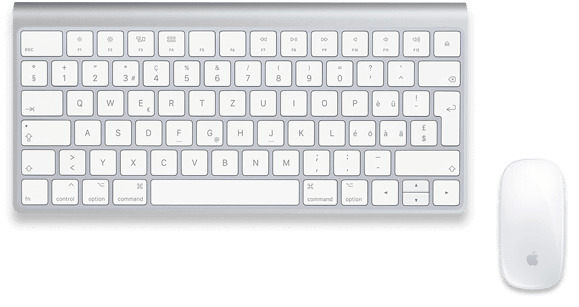
Head of Finance and Operations
For many office workers, Microsoft Outlook for Windows is as synonymous with email as a mailbox is with letters. This familiar desktop application, often referred to as “classic Outlook,” has been a mainstay of productivity for decades. However, in recent years, Microsoft has been developing a new Outlook experience designed for the cloud-first era. This new iteration, codenamed “Monarch” during development, has raised concerns among some users accustomed to the classic interface.
In a move that provides reassurance to those users, Microsoft recently announced a significant delay in the planned phase-out of classic Outlook for Windows. Here, we delve into the details of this extended support timeline, explore the reasons behind it, and examine the implications for businesses and individual users.
A Gradual Transition: The New Outlook and its Challenges
Microsoft’s vision for the future of Outlook involves a unified experience across various platforms, including web browsers and mobile devices. The new Outlook for Windows, built with this vision in mind, offers a modern interface that aligns with the web version. While it boasts features like improved search functionality and a cleaner design, it currently lacks some functionalities present in the classic version. These missing features include critical aspects for some users, such as offline access and support for PST files (a common data storage format for Outlook).
The initial reception of the new Outlook preview has been mixed. While some users appreciate the modernized look and feel, others have expressed frustration with the lack of familiar features. This negative feedback, coupled with the ongoing development of the new Outlook, likely played a role in Microsoft’s decision to extend classic Outlook support.
Extending the Lifeline: Classic Outlook Support Until at Least 2029
In a March 2024 blog post titled “A Guide to Product Availability,” Microsoft officially confirmed extended support for the classic Outlook for Windows desktop application. The company stated that it would “continue to honor published support timelines for existing versions of classic Outlook for Windows until at least 2029.” This announcement provides businesses and users with a clear five-year window to adjust to the eventual transition.
This extended support timeline offers several advantages:
Peace of mind for businesses: Organizations that rely heavily on specific features currently absent in the new Outlook can continue using the classic version with confidence, allowing for a smoother migration process at their own pace.
Time for feature parity: The additional time allows Microsoft to focus on developing and integrating missing features like offline access and PST support into the new Outlook. This will make the new version a more compelling alternative for users accustomed to the functionalities of the classic desktop application.
A chance for user familiarization: With the extended support window, users can gradually become acquainted with the new Outlook interface and features through optional use alongside the classic version. This can ease the transition anxiety often associated with software changes.
The Road Ahead: What to Expect
The extended support timeline doesn’t signal a permanent reprieve for classic Outlook. Microsoft’s commitment is to eventually migrate all users to the new, unified Outlook experience. We can expect the following developments in the coming years:
Phased rollout of the new Outlook: Microsoft will likely continue the current rollout strategy, with an initial opt-in phase followed by a general availability stage. The final stage, the “opt-out” phase, where users are automatically transitioned, will likely occur sometime after 2029.
Feature addition and refinement: We can anticipate Microsoft prioritizing the development of missing functionalities in the new Outlook to make it a feature-complete replacement for the classic version.
User communication and training: As the migration timeline progresses, Microsoft can be expected to provide clearer communication and resources to assist users in adapting to the new Outlook interface and functionalities.
Conclusion: A Strategic Move for a Smooth Transition
Microsoft’s decision to extend classic Outlook support reflects a strategic approach to user migration. It acknowledges the concerns of users reliant on specific features and allows for a more controlled transition to the new cloud-based future of Outlook. This extended timeline provides businesses and users with valuable time to prepare for the eventual shift while ensuring continued access to the familiar functionalities of the classic desktop application. As Microsoft continues to develop and refine the new Outlook, we can expect a more seamless transition for all users in the years to come.
For those looking to fortify their Project development team or seeking expert assistance in building secure applications, Bizcommits is here to help. With a team of skilled developers and a proven track record of delivering secure and scalable solutions, we can be your trusted partner in the ever-evolving realm of application Development. Ready to discuss your project? Contact us today!









 Process
Process  About Us
About Us  Careers
Careers  Management
Management